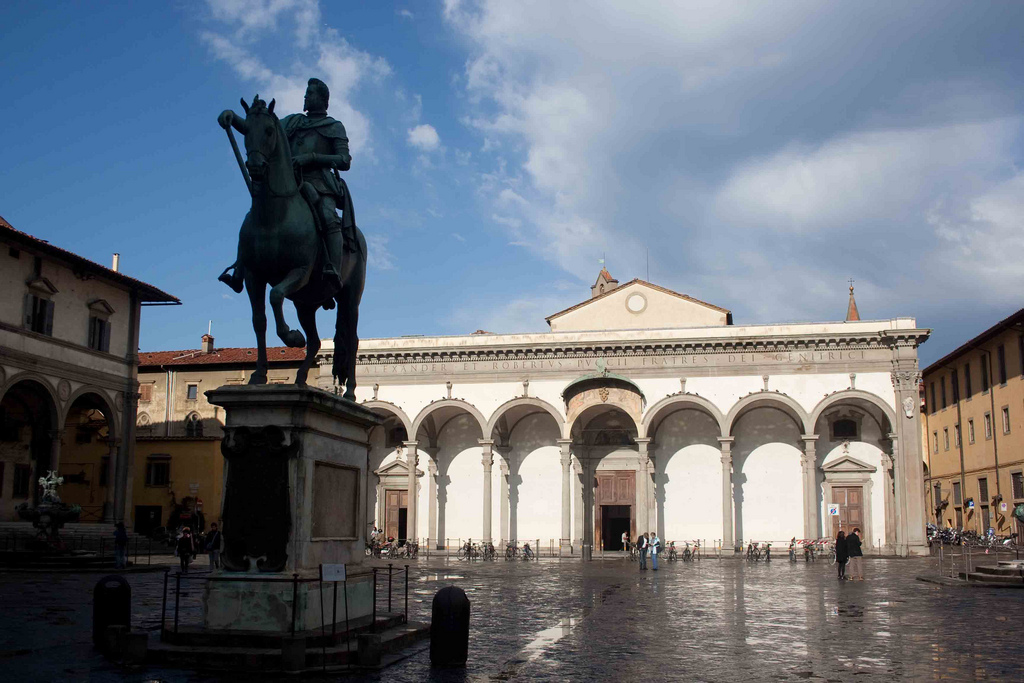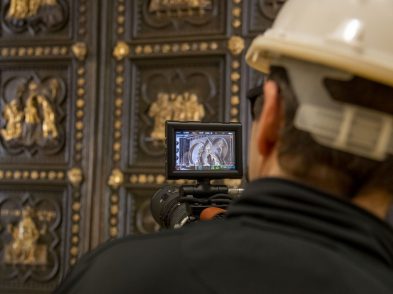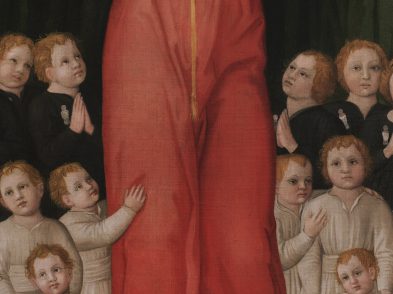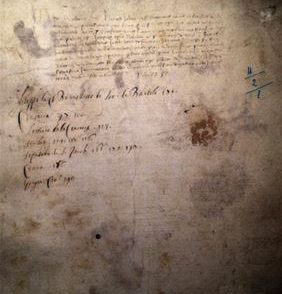Filmmaker David Battistella moved to Florence from Canada in 2011 to pursue his dream: writing and producing a feature film based on Ross King’s 2000 book Brunelleschi’s Dome, about the life of Filippo Brunelleschi and the building of Florence’s Cupola. This column, which began with TF 149, chronicles Battistella’s pursuit of his dream, including anecdotes of his new life in Florence and his efforts to finance and launch his ambitious project.
Not far from the most famous dome in the world lies perhaps my favorite piazza in Florence, piazza Santissima Annunziata. I love it for its geometry and how it feels like one of Florence’s interior courtyards somehow transformed into public space. It’s a grand piazza, framed by symmetrical arches in front of the buildings that surround it. The centerpiece is Giambologna’s statue of Ferdinando de’ Medici on horseback riding up via dei Servi toward Brunelleschi’s Cupola (see TF 51).
Filippo Brunelleschi had a great influence in the way this piazza looks, as he designed the exteriors of the three buildings that frame it. The key feature is the Roman arch. Before Brunelleschi rediscovered the arch during his travels and studies in Rome, its use in architecture had virtually disappeared.
Knowledge of the design and technique had been lost, and only by his study of the ruins in Rome were they brought back. In 1400, Rome’s population had been decimated by plagues, wars and other misfortune. It was only about 20,000, compared to Florence’s booming 120,000, although Florence too, at the time, was likewise recovering from plagues, wars and misfortune that had rattled the city to its core.
So here, in Santissima Annunziata, we witness the comeback of the Roman arch. The classic Brunelleschi arch is held up by two pillars resembling the finite strength found in the lower part of a horse’s leg rather than the thick marble arches we would find in Greek temples. He understood the strength of the stone and did not overcompensate with the circumference of the pillars.
The three buildings that frame the square are the Loggia dei Servi di Maria; the church of Santissima Annunziata, which dates to 1210 CE; and the Spedale degli Innocenti. The Spedale, built by Brunelleschi, is filled with new architectural design concepts he reintroduced.
The story of the Spedale is an interesting one. Six hundred years ago, the silk guild found the funds and commissioned Brunelleschi to build the facility that would house and feed orphaned children. At the time, Florence was recovering from massive population loss caused by the plagues. The City passed a decree inviting and welcoming any orphan brought to the city to be raised by nuns in the hospital. In return, each child would be made a citizen of Florence. Later, in times of misery, the new law helped ensure food and shelter for orphans or for children born into families who could not support them. The children would be cared for and educated and would go on to help rebuild Florence. It gives some insight into the kind of civilized place this was way back then (even though it was also out of necessity).
However, the Spedale was just one of many buildings where Brunelleschi honed his skills and worked out the problems he would later face when creating a Cupola that would be a challenge for the ages.








